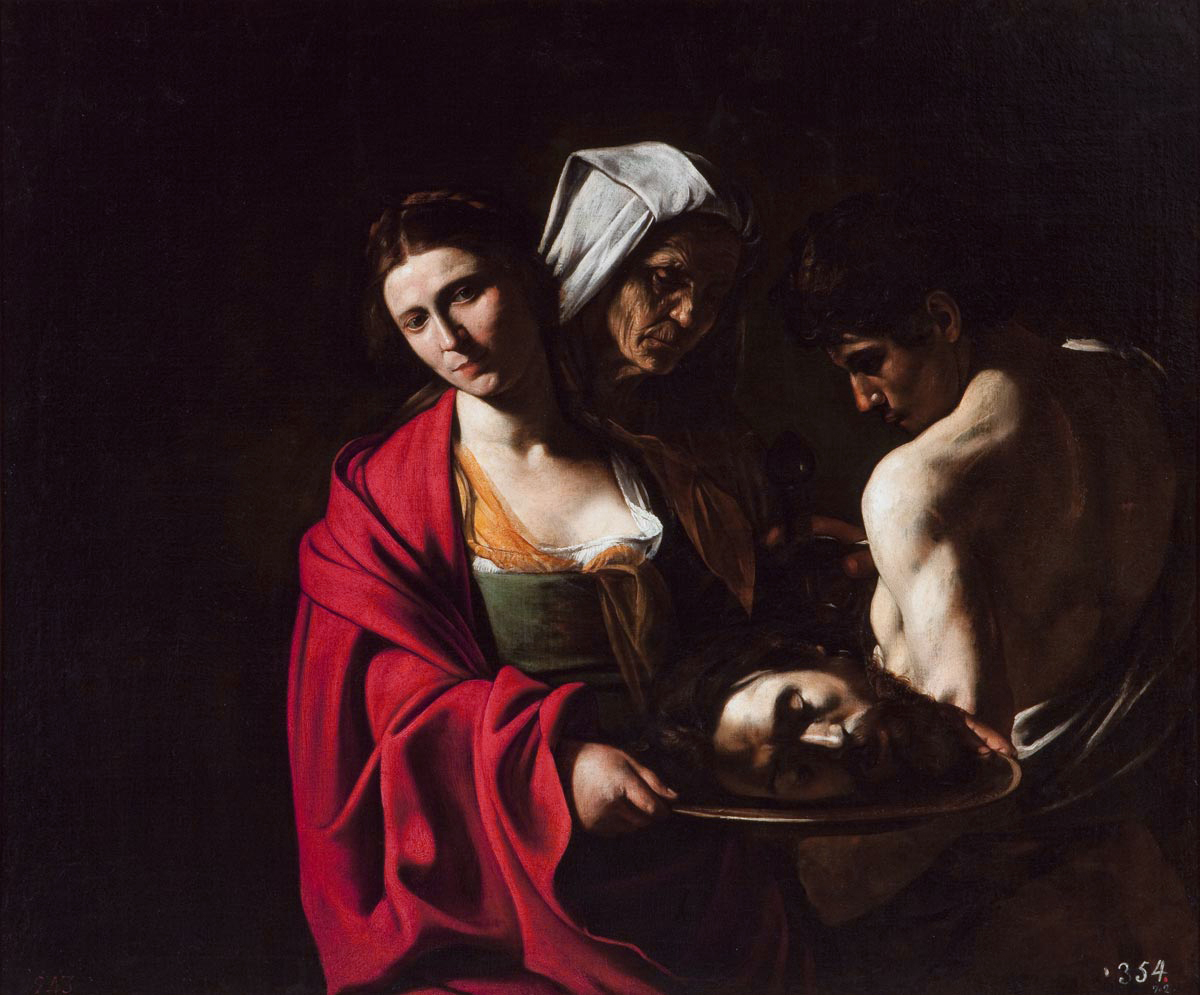We started by looking at some narrow and broad lighting examples:
This example of narrow lighting shows how it highlights the cheekbones and brings attention to the neckline, and the light in the eyes makes the subject look more aesthetically pleasing.
This example of broad lighting shows how this highlights the features as a whole a lot more, rather than lining them with shadow, which brings out more character in the face as a result.
Then we tried to take our photograph examples of narrow and broad lighting:
Narrow Lighting
Broad Lighting
Now that we had gotten to grips with this, we started looking at this type of lighting in context to classical paintings. We firstly looked at broad lighting used by Rembrandt:
Rembrandt was a Dutch painter that used broad lighting in a similar way in most of his commissioned portraits. This is so that he could have consistency across his works, making him much more likely to be hired as the client knew what they would be getting, and it also allowed him to capture the character of the person in the painting. This style of broad lighting not only casts a shadow on one side of the face, but also catches the light in both eyes as they look towards the frame. We were given the task of using one light to achieve this effect:
This effect took a while to get absolutely right, this included having to move the subject and the light around to get the right balance between the two. What I noticed was essential to this photograph was that the subject could not face directly towards the character as that is quite commercial, but also quite imposing.
The second style we looked at was the style of Caravaggio, who was a Renaissance painter commissioned by the church to create many depictions of biblical stories. He used narrow lighting from a high position to create heavy shadows in his scenes, which makes the image very dramatic.
We then had a go with a couple of photography students who had kindly volunteered to model for us:
The main thing I discovered about this style of lighting is that using the shadows to your advantage was very important. I loved how, especially in the first picture, you could highlight facial expressions really easily and get a twinkle in the eye which I feel fits with the biblical style of painting.

































